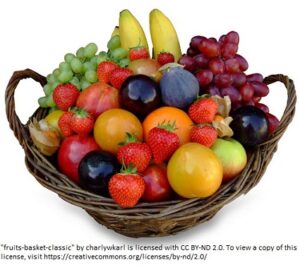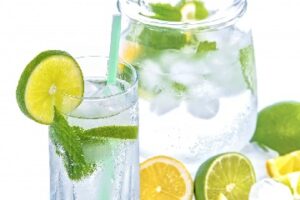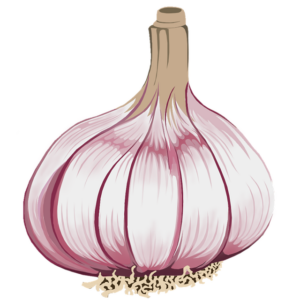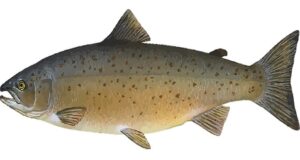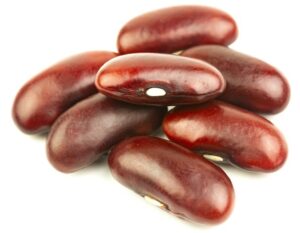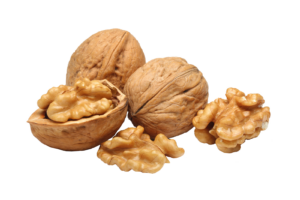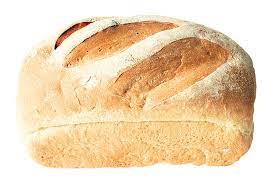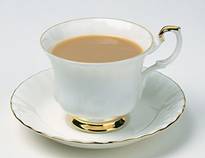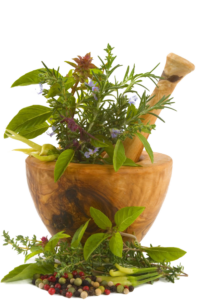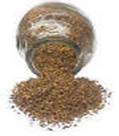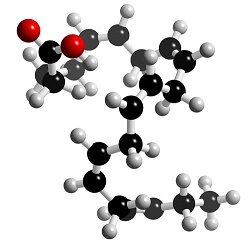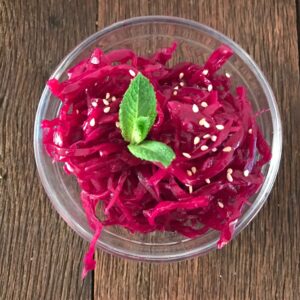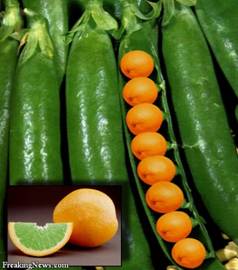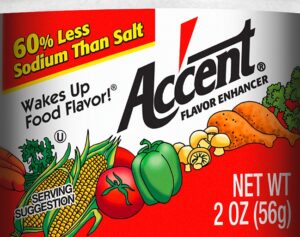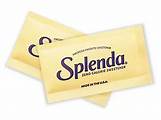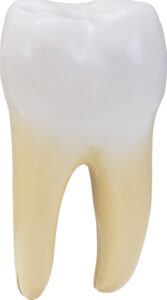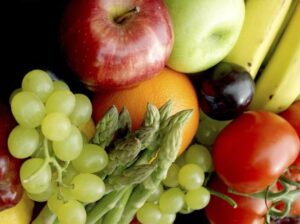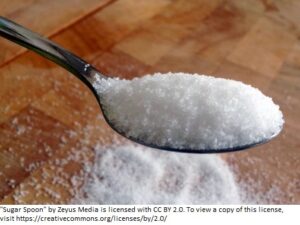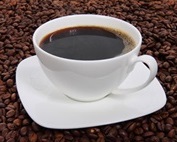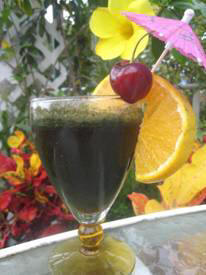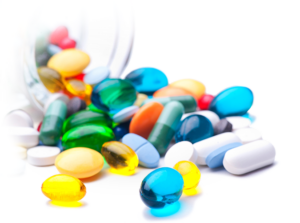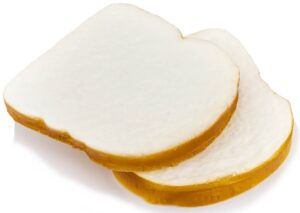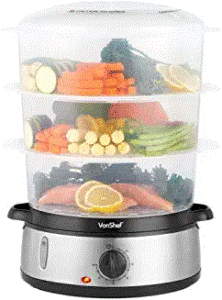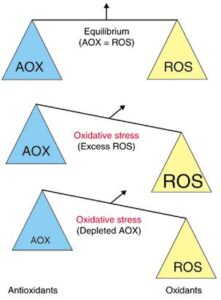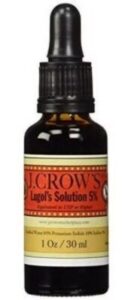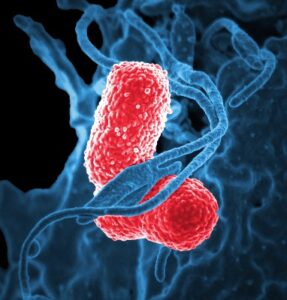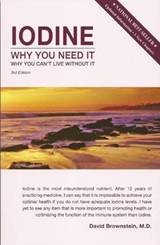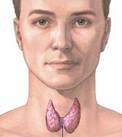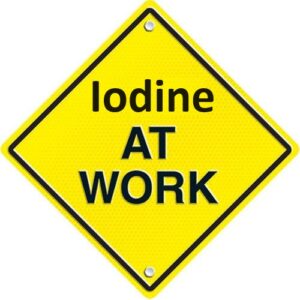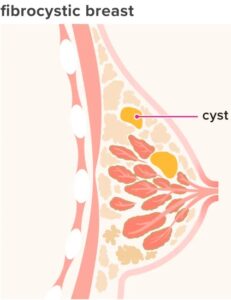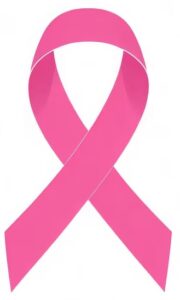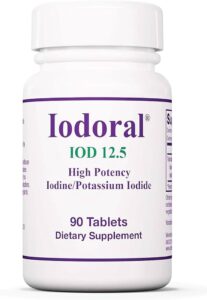
Goitrogens vs. Iodine
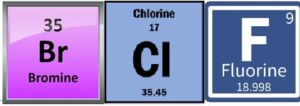
What are goitrogens?
Goitrogens are chemicals that interfere with the body’s uptake and utilization of iodine
In the thyroid, goitrogens slow down production of the thyroid’s “master metabolism” hormones (T3 and T4) by blocking its access to iodine or disrupting communication with thyroid cells. This can result in a failure of the auto-regulating feedback loop for T4/T3 synthesis and/or the inability to utilize available iodine. Consequentially, due to incomplete thyroid hormone synthesis, the thyroid follicles continue to fill with an excessive amount of colloid thyroglobulin that has not been made into TH. This is seen as a lump on the front base of the neck – called a goiter.
Goitrogens include:
(1) The halogens: bromine, fluorine, chlorine, which compete with iodine for the body’s cell receptors. In an iodine-deficient person this could:
- Normal saliva to blood iodide ratio is about 42, but is lowered to < 20 when very high levels of bromide / fluoride bind to the symporter pumps that take iodine into the cells (i.e. more iodide is left in the blood).
- Reduce hydrochloric acid production in the stomach by causing iodide-pumps to malfunction.
(2) Isoflavones and isothiocyanates in certain foods. E.g. excessive coonsumption of soybeans (and products), cruciferous vegetables – prevent iodine addition into thyroid hormones
(3) Certain drugs. E.g. thiouracil and sulfonamides
Goitrogenic halogens have become excessively common in today’s world
In addition to iodine, there are 4 other halogens (group 17 of the periodic table). These are bromine, fluorine, chlorine and less biologically relevant astatine (of which only iodine and chlorine are essential to the body). In recent decades, these halogens have majorly infiltrated our lives.
Halogens compete for cellular receptors – iodine is the “loser and the “winners” chlorine, flourine, and bromine are taking over!
Fluorine, chlorine and bromine can all displace iodine. Atomic weights of the 4 well-known halogens are: Fluorine (18.99), Chlorine (35.45), Bromine (79.99) and iodine (125.70). “The clinical activity of any one of the halogens is in inverse proportion to its atomic weight. This means that any one of the four can displace the element with a higher atomic weight but cannot displace an element with a lower atomic weight.” J.C. Jarvis, M.D.Folk Medicine, Henry Holt & Co., 1958, HB, p. 136)
Chlorine
We need chlorine (and its other forms eg chloride, chlorate) in SMALL amounts, however, in large amounts chlorine is toxic! Together with its byproducts has been linked to: birth defects, cancer, reproductive disorders, stillbirth, and immune system breakdown.
Many sources of chlorine have infiltrated our lives:
- Excess table salt (sodium chloride). Competes with iodine, shown to cause hypothyroidism in China.
- Public (chlorinated) water: Drinking water, shower and dishwasher steam.
- Swimming pools, hot tubs
- Sucralose (Splenda®)
- Spray can propellants
Fluorine
Fluorine (and its other forms e.g. fluoride) shows up in various sources:
- Many processed foods / beverages
- Children’s fluoride dental treatments. Additive in most toothpastes.
- Added to public water systems Fluoridation – Health Fraud
Bromine
Bromine (a prolific toxin in our bodies) has goitrogenic, carcinogenic and narcoleptic properties. The U.S. is exposed to high amounts of the goitrogen bromide via our food and water supply:
- Several medicines, nasal sprays, anaesthesia
- All bakery products
- Several soft drinks
- Fumigated citrus fruit, nuts, oils
- Pesticides
A certain level of iodine is needed to prevent unwanted halogens occupying available halogen receptors (especially in the case of bromine).
Tests have proven an iodine dose of 12.5 mg/day adequate to remove fluorine (in non-heavy fluoride consumers), but at least 20 mg/day is needed to dislodge bromine quickly.
- A person needs to have sufficient protein and vitamin C to deal with the influx of iodine which becomes available for utilization as the bromine and fluorine are being pushed out; the body uses the protein sodium iodide symporter to transport iodine into cells. Dr. Abraham has shown that vitamin C is helpful in supporting this pump.
Nitty gritty: Iodide must bind to a halide symporter binding site before cellular uptake via the iodine pump. Goitrogenic substances compete with iodide for these binding sites. These iodide transport / utilization inhibitors interfere with iodide transport at the cell membrane in several organs at sites of iodide oxidation and utilization.
Certain foods naturally contain goitrogens
Certain foods contain goitrogenic isoflavones and isothiocyanates associated with decreased thyroid function. Isoflavones are a member of the health-supportive, antioxidant flavonoid family, that give virtually all plants their vivid array of colors. Isoflavones, such as genistein in soy, have been found to:
(i) Block the activity of the thyroid peroxidase (TPO) enzyme. Necessary for adding iodine into thyroid hormones.
(ii) Disrupt messages across thyroid cell membranes
- Cruciferous vegetables (contain isothiocyanates). Members of the Brassicaceae family (includes broccoli, cauliflower, Brussels sprouts, cabbage, mustard, rutabagas, cassava root, kohlrabi and turnips); crucifers also naturally produce the iodide competitor methyl bromide.
- Soybean foods (contain isoflavones). These includes soybeans, soy extracts, tofu, tempeh, soybean oil; contain the isoflavones genistein and daidzein, and glycitein.
- Some other foods. E.g. peaches, strawberries, millet, pears, peanuts, radishes, spinach, pine nuts, bamboo shoots and sweet potatoes
Obviously these goitrogenic foods are healthy, nutritious foods when eaten in moderation, but you may be getting more soy than you thought. It is their overconsumption that would be a problem for individuals with thyroid hormone deficiency; overconsuption of crucifers is unlikely, but soy appears in many packaged food products in many forms, such as soybean oil, textured vegetable protein (TVP) and isolated soy concentrate.
Cooking inactivates about one third of goitrogenic effect. Both isoflavones (in soy foods) and isothiocyanates (in cruciferous vegetables) appear to be heat-sensitive.
Certain drugs are goitrogenic
E.g. thiouracil and sulfonamides




